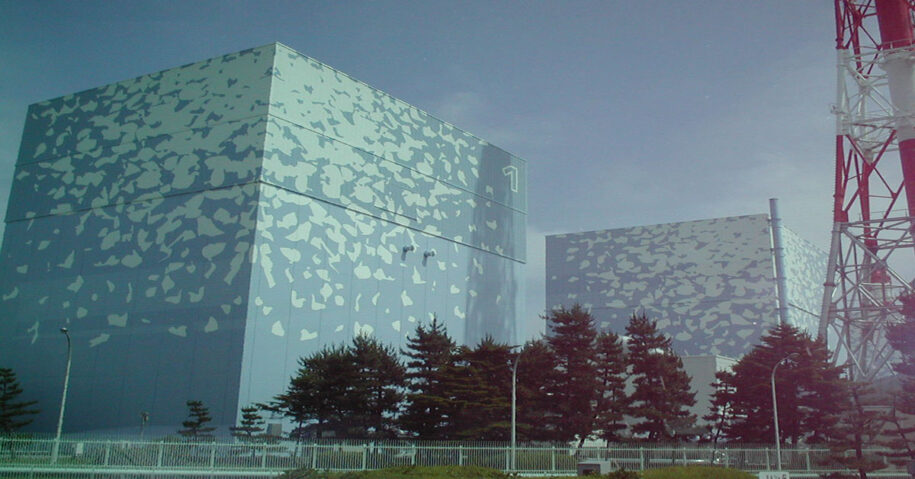Fukushima Has Destroyed the Pacific Coast and Will Take 16 Million Years for the Contamination to Dissipate
The Fukushima Daiichi nuclear disaster seems to have been swept underneath the rug. It is more than likely one of the worst environmental disasters we have ever witnessed, and it is all due to the negligence of one company.
The disaster has left the entire pacific ocean contaminated, an entire region of japan unlivable, and experts say it could take over 16 million years for the contamination to dissipate. What exactly happened though? Following a major earthquake, a 15-meter tsunami disabled the power and cooling of three nuclear reactors. All three cores largely melted in the first three days. The accident was rated a 7 on the INES scale, due to high radioactive releases over days 4 to 6.
There have been no deaths or cases of radiation sickness from the nuclear accident, but over 100,000 people were evacuated from their homes to ensure this. Government nervousness delays the return of many. Official figures show that there have been well over 1000 deaths from maintaining the evacuation, in contrast to little risk from radiation if the early return had been allowed.
It has been five years now, and you can not help but wonder about the progress of the cleanup. Although it is estimated to take 16 million years for the contaminants to dissipate, Fukushima has taken some action in the direction of a clean up.
Here is a description of the cleanup plan from Fukushima:
The accident at the Fukushima Daiichi NPS has resulted in significant challenges for accident cleanup and waste management. These issues include processing the large volume of contaminated water, debris, soil, secondary wastes, potentially damaged spent fuel within the reactor SFPs and damaged fuel and fuel debris within the reactors and primary containment structures.
Progress has been made in cooling of the reactors, and all the units have reached ambient pressure and temperature conditions, i.e., cold shutdown. Mid-term to long-term waste management issues will continue to be the major technical issues that must be overcome as recovery actions continue toward an acceptable end state. TEPCO has established a road map that describes elements of the site cleanup and water management, and it is currently developing more detailed mid-range to long-range plans. There are also waste management challenges associated with
- treatment of contaminated water and the resulting filter and equipment wastes
- storage and disposal of secondary wastes, contaminated soils, vegetation, and debris
- decontamination to allow reinforcement of the weakened structures and installation of cooling and gas management systems
- installation of new secondary containment structures and material-handling equipment
Resolving these challenges will be required to allow continued progress for removal of the spent fuel stored within the SFPs and ultimately the retrieval and processing of the damaged fuel within and outside of the RPVs.
https://youtu.be/LcLo51IZnos


